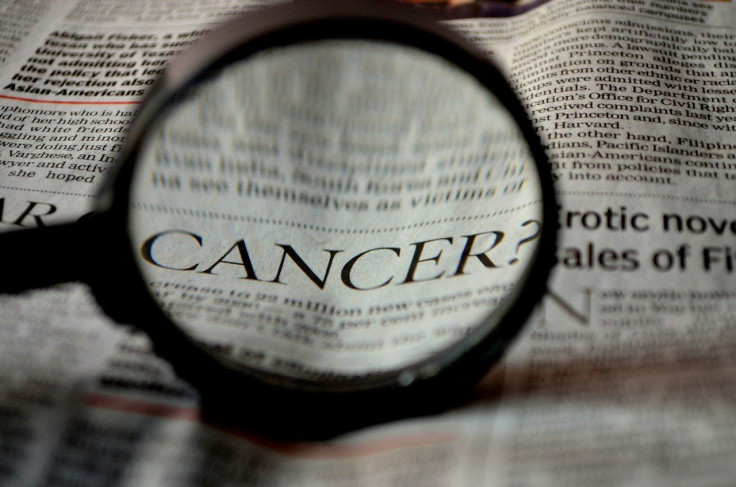American Cancer Society Releases New Cervical Cancer Screening Guidelines

KEY POINTS
- Cervical cancer is one of the primary health woes of many women
- The American Cancer Society (ACS) released a new set of guidance
- New ACS guidance advises women to undergo HPV test first before a Pap test
The American Cancer Society (ACS) has new guidance on cervical cancer screening which intends to minimize stress and increase detection of the virus that causes it.
The updated ACS cervical cancer guidelines recommend that women first undergo human papillomavirus virus (HPV) primary testing, as opposed to a Pap test, every five years beginning at age 25 until they reach 65 years old. In the 2012 guidelines, screening is advised upon reaching the age of 21.
Dr. Alexi Wright, the gynecologic oncology outcomes research director at Dana-Farber Cancer Institute, said women may opt to test later and they can also do it less frequently.
"The test is (detecting) the virus that causes cervical cancer and whether a woman has an infection or not," she said, adding that the test will allow doctors to have a better understanding of the risks for developing cervical cancer. Dr. Wright was not part of the team that developed the updated guidelines.
The U.S. Preventative Task Force and the American College of Obstetricians and Gynecologists (ACOG) have their own guidelines which, at present, differ from that of the ACS guidelines. ACOG encourages women to undergo Pap tests every three years upon reaching the age of 21 up to 29 years old. Once 30 years old, the ACOG recommends the co-testing of HPV primary test and Pap test every five years until they reach the age of 65. They can also opt to undergo only a Pap test every three years.
In a statement released to media, ACOG said they will review the updated ACS recommendations to see if they should also revise their clinical guidance. "In the interim, ACOG affirms our current cervical cancer screening guidelines, which encompass all three cervical cancer screening strategies (high-risk human papillomavirus testing alone, cervical cytology alone and co-testing)," said ACOG vice-president of practice activities Dr. Christopher Zahn.
Both HPV and Pap tests involved the collection of cells from around the cervix, meaning the experience is similar. In the case of Pap tests, it detects cervical cell changes which are a bit unreliable, said Dr. Wright. She said there is a 50% chance the test will miss a vital change or erroneously flag cells as abnormal.
The HPV primary test detects the virus, which is responsible for 99% of cervical cancers. If the test turns out positive, doctors will have a better understanding of the cancer risk of the patient. Dr. Wright added that having more certainty and a more accurate test is really helpful.
© Copyright IBTimes 2025. All rights reserved.





















